Famous Astrophysicists of All Time: The Great Scientists Who Unlocked the Mysteries of the Universe
29th Jun 2024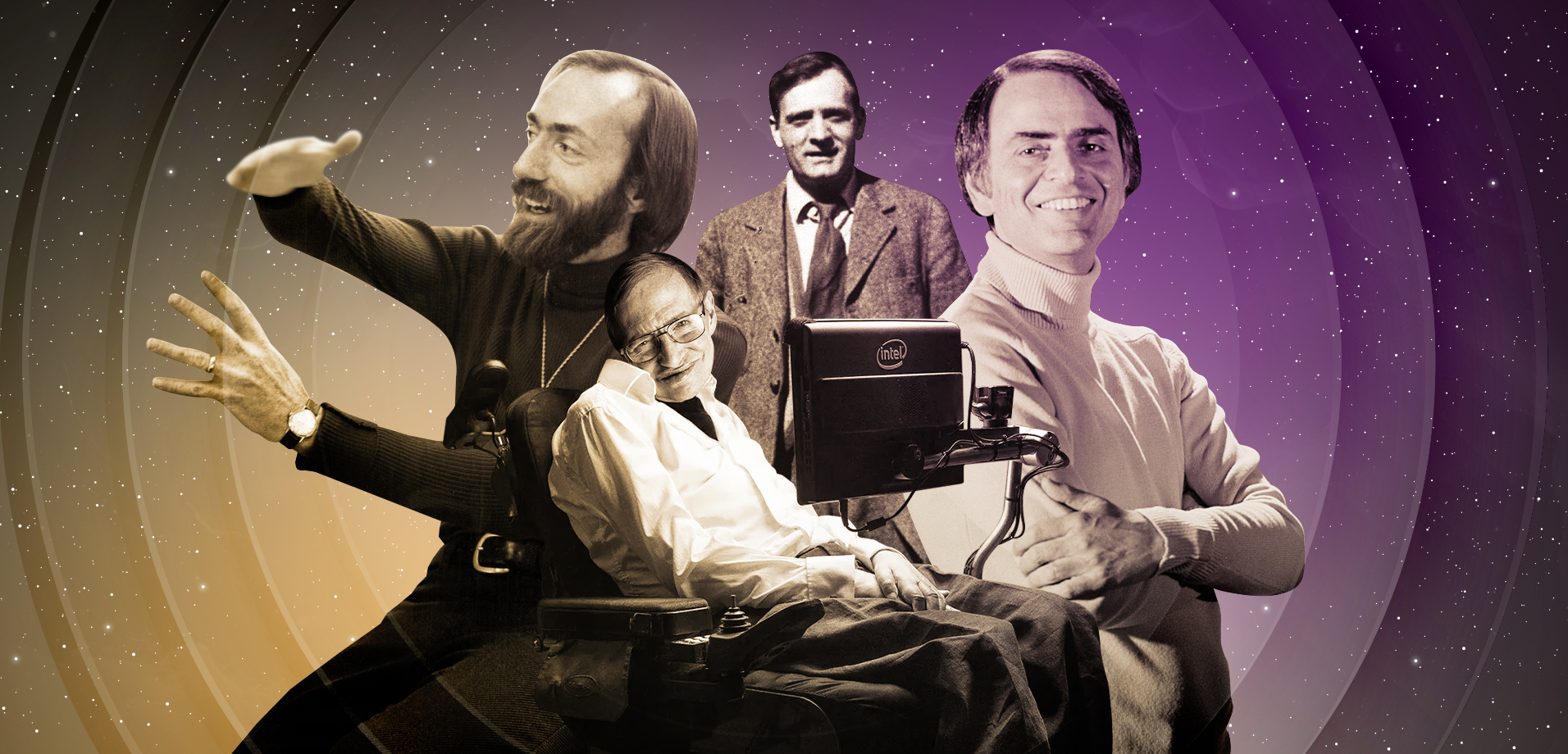
Space is an inexhaustible source of mysteries and wonders, and people who devote their lives to unravelling these mysteries are often as interesting as the stars and galaxies they study. In this article, we will talk about the most famous astrophysicists of all time whose work has had a profound impact on our understanding of the cosmos.
Who Are Astrophysicists & How Do They Differ From Astronomers?
Astrophysicists are scientists who study the physical and chemical properties, along with various processes of celestial bodies: stars, planets, comets, nebulae, black holes, etc.
Unlike astronomers, who focus on observing and cataloguing objects in the Universe, astrophysicists use physical theories and models to explain the observed phenomena. For example, an astronomer may discover a new star or galaxy, whereas an astrophysicist will try to understand how it was formed, what its composition is, and what processes occur in it.
Astrophysics often requires a deep knowledge of mathematics and physics, including quantum mechanics and thermodynamics, and its main experimental methods include tools such as spectral analysis, photography, and photometry.
The concept of astrophysics was first introduced by the German astronomer Johann Zellner in 1865. Since then, this complex and meticulous science has been considered one of the most important branches of astronomy, along with astrometry, astrochemistry and cosmology, whereas the profession of astrophysicist is getting more and more popular in space agencies, observatories, research institutes, and R&D centre worldwide.
Was Einstein an Astrophysicist?
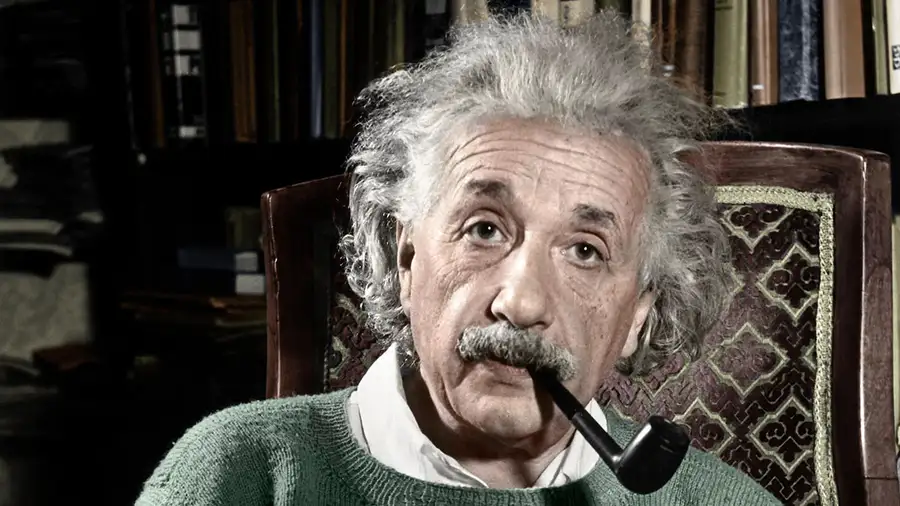
Speaking about famous astrophysicists, it is impossible to ignore the greatest scientist who gave us the theory of relativity. And yet, this does not make Albert Einstein an astrophysicist in the classic sense. He is considered one of the greatest theoretical physicists of all time. However, Einstein’s work laid the foundation for many astrophysical concepts, such as black holes and the expanding universe. So, although the great scientist’s main contribution was made in theoretical physics, his work is of great importance for astrophysics as it influenced many scientists, whom we will discuss further.
Who Is the Most Famous Astrophysicist the World?
There is no consensus on this subject because, in fact, several names deserve this title. So that not to offend anyone, we have compiled a rating of the top astrophysicists in the world, whose contribution to the study of the Universe and the popularisation of space can hardly be overestimated. And although the line between astronomers, physicists, and astrophysicists is quite blurred, we strived to include only those names that became famous in the field of astrophysics. The names are arranged in chronological order when each scientist lived.
Edwin Hubble (1889-1953)
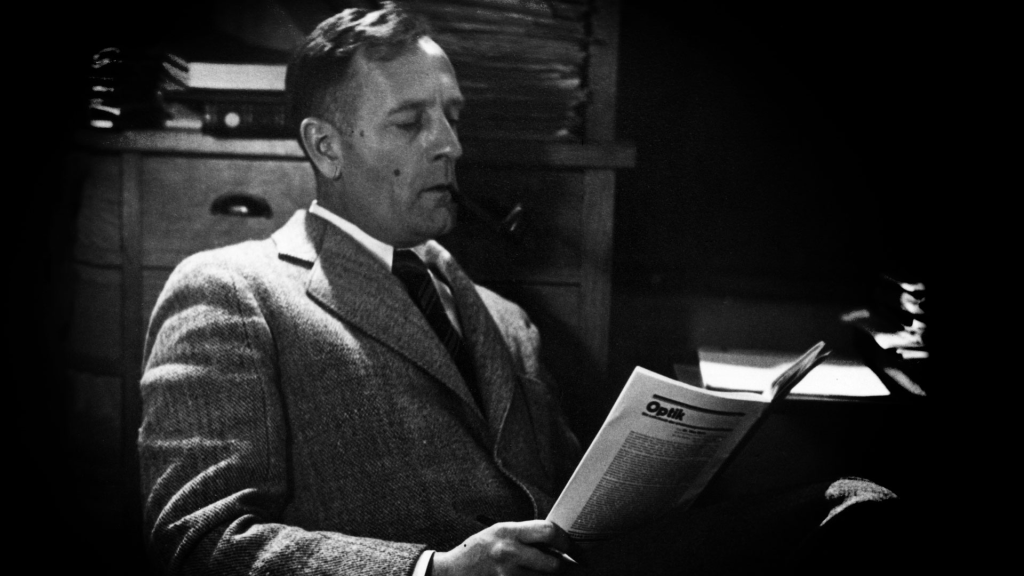
Edwin Hubble is the world-famous astrophysicist who became famous for his studies of galaxies, which played a key role in the development of astronomy. His observations, made in 1922-1923, confirmed that the Universe is not limited to our Milky Way galaxy. Hubble discovered that spiral nebulae, including Andromeda, are too distant to be part of the Milky Way and are separate galaxies.
Hubble also developed a galaxy classification system, now known as the Hubble sequence, which scientists still rely on to describe different types of galaxies.
In 1929, Hubble discovered a relationship between the red shift of galaxies and the distance to them, which later became known as Hubble’s law, describing the process of the Universe’s expansion. According to this law, the speed at which galaxies move away is proportional to their distance from us. This means that the further away a galaxy is, the faster it moves away.
In 1935, the scientist discovered asteroid No. 1373, which he named Cincinnati. Around the same time, he wrote scientific works The Observational Approach to Cosmology and The Realm of the Nebulae.
Asteroid No. 2069, discovered in 1955, a crater on the Moon, and the famous Hubble Space Telescope, launched into orbit in 1990 and still sending important scientific data to scientists worldwide, are named in honour of Edwin Hubble.
Subrahmanyan Chandrasekhar (1910-1995)
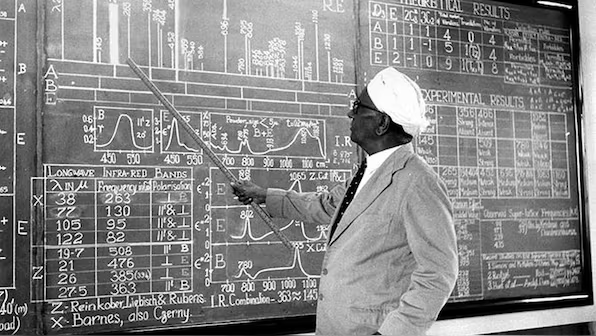
This famous Indian astrophysicist is best known for deducing the so-called “Chandrasekhar limit” — the upper mass limit at which a star can exist as a white dwarf. In 1931-32, in his papers on the structure of white dwarfs, he determined that a star with a mass greater than 1.44 solar masses cannot become a white dwarf and continues to shrink, eventually turning into a neutron star or black hole.
Later, Chandrasekhar created a complete theory of the evolution and internal structure of massive stars. In 1942, together with the Brazilian astrophysicist Mário Schönberg, Chandrasekhar determined the limit for the isothermal core of a star, above which thermonuclear reactions begin to occur in a spherical layer outside the stellar core (Schönberg-Chandrasekhar limit).
In 1983, the scientist attempted to develop a mathematical theory of black holes, describing his work in the book The Mathematical Theory of Black Holes.
Thanks to a scholarship from the Government of India, Chandrasekhar came to England, where he graduated, and then worked at the University of Cambridge and the York Observatory. He later moved to the United States, where he rose from associate professor of astrophysics (1938) to distinguished professor of astrophysics at the University of Chicago. During World War II, Chandrasekhar participated in works carried out as part of The Manhattan Project.
During his career, the scientist received over 20 awards in the field of astronomy and astrophysics, and the orbital Chandra Observatory was named in his honour.
Carl Sagan (1934-1996)
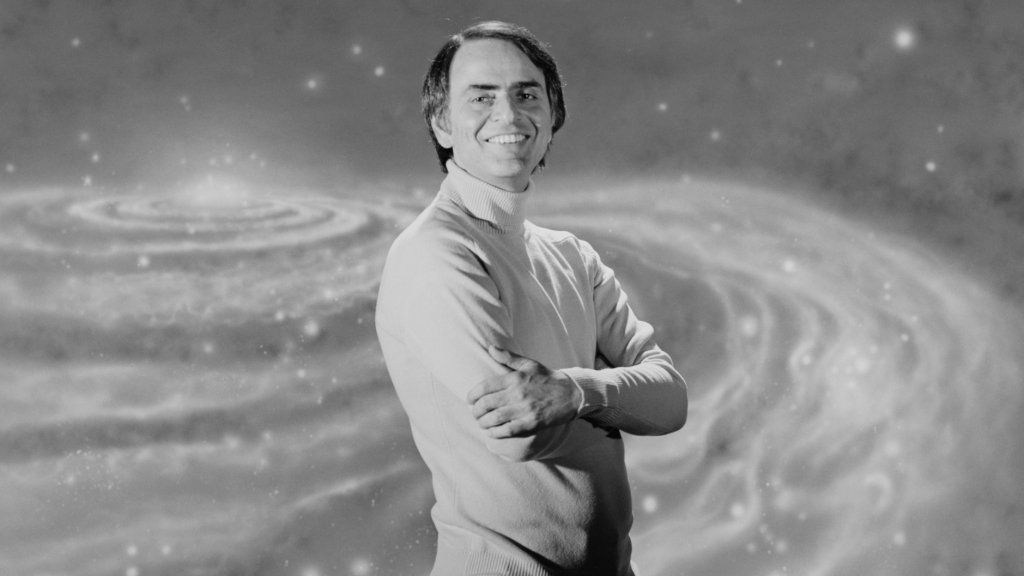
Carl Sagan is known as a pioneer in the field of exobiology, as well as a scientist who actively contributed to the development of the SETI project to search for extraterrestrial intelligence. He gained worldwide fame for his non-fiction books and the television mini-series Cosmos: A Personal Voyage. Carl Sagan is also the author of the science fiction novel Contact, which was made into a film in 1997.
Sagan was educated at the University of Chicago, where he defended his doctorate in physics in 1960. He worked at Cornell University and was a member of the American Philosophical Society. His scientific achievements include contributions to the understanding of planetary atmospheres and their climates, as well as research on the origins of life and the possibility of life on other planets.
Carl Sagan left a rich legacy of scientific works, books and television programmes that continue to inspire new generations of space explorers and enthusiasts. His ability to explain complex scientific concepts in simple, understandable language has made him one of the most beloved and recognisable astrophysicists in history.
Vera Rubin (1928-2016)
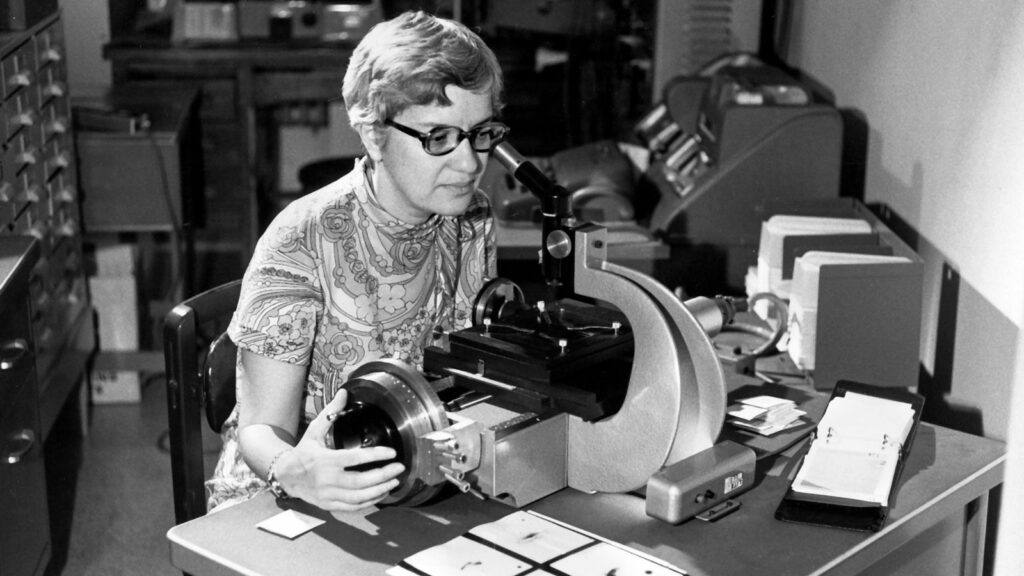
This famous female astrophysicist became famous for her pioneering studies of the galaxies’ rotation speed. In particular, by studying the galaxies’ rotation curves, Vera Rubin identified discrepancies between the predicted circular motion of galaxies and the observed motion. This fact, known as the “galaxy rotation problem,” became one of the main pieces of evidence in favour of the dark matter’s existence.
In 1954, Rubin defended her doctoral dissertation under the supervision of the famous Soviet-born astrophysicist George Gamow. Rubin examined the spatial distribution of galaxies and found that galaxies are crowded together rather than randomly scattered throughout the universe. This important result was justly appreciated only many years later.
Throughout her scientific career, Vera Rubin repeatedly faced hostility from male colleagues, so she actively worked on making astronomy more accessible to women to recognise their contributions to this field. For her scientific achievements, Vera Rubin was awarded numerous awards, including the Bruce Medal, the Gold Medal of the Royal Astronomical Society, and the National Medal of Science. Her legacy continues to inspire new generations of astronomers and astrophysicists.
Stephen Hawking (1942-2018)
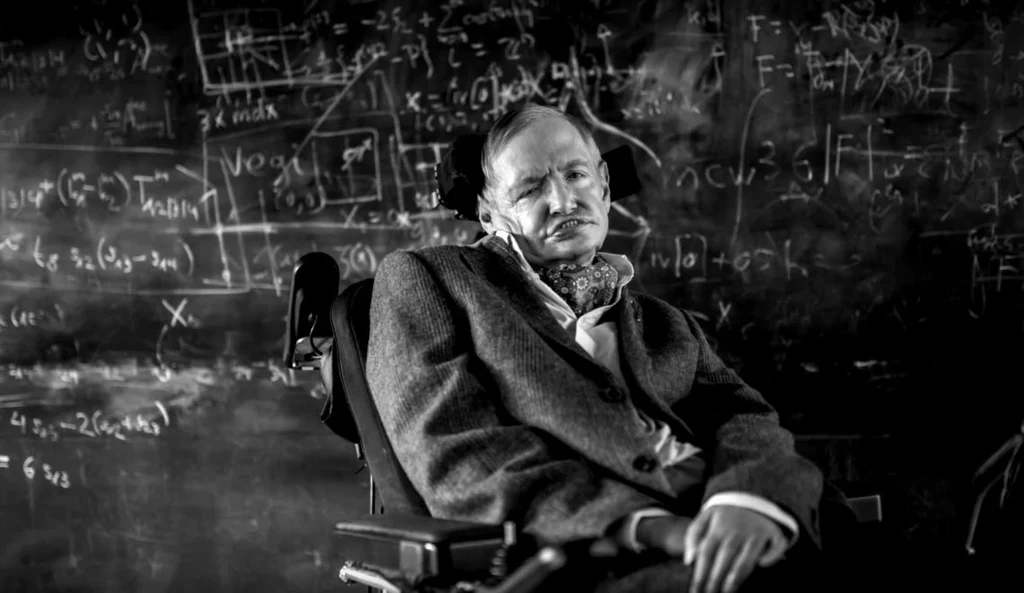
The key scientific achievements of one of the most famous astrophysicists of the 21st century are known to every space enthusiast. Hawking became famous for his theorems on gravitational singularities and the phenomenon of black hole radiation, now known as Hawking radiation. He was the first scientist who tried to combine general relativity and quantum mechanics to explain cosmological phenomena and was a proponent of the many-worlds interpretation of quantum mechanics.
Among other famous works of the famous English astrophysicist is a formula describing the entropy of a black hole, known as the Bekenstein-Hawking formula. This formula states that the entropy of a black hole is directly proportional to the area of its event horizon.
Hawking’s book A Brief History of Time became a bestseller and remained on the British publication The Sunday Times bestseller list for a record 237 weeks. Hawking left behind a legacy that continues to inspire thousands of scientists, researchers, and curious people around the world. His ability to combine deep scientific knowledge with accessibility to a wide audience has rightfully made him one of the most famous astrophysicists in history.
Kip Stephen Thorne (1940 – nowadays)
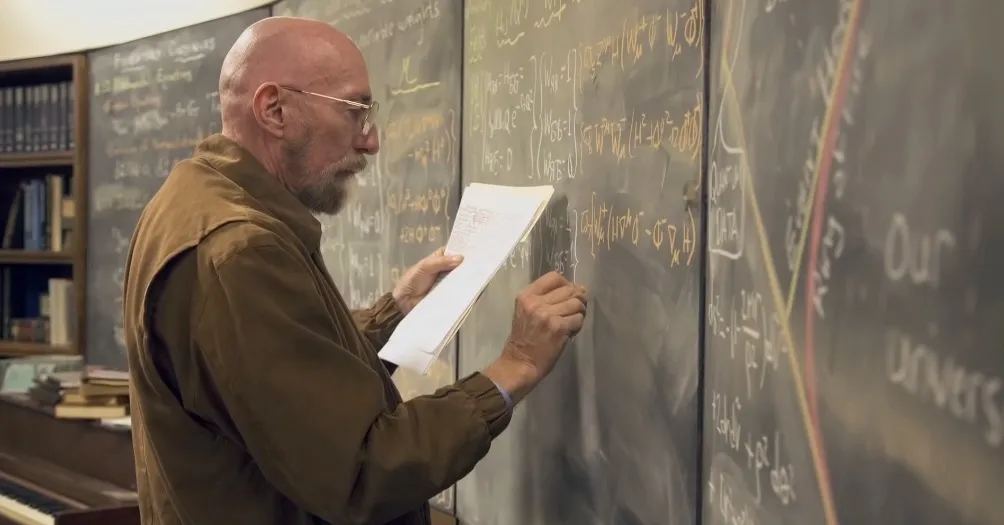
Physicist Kip Thorne is known as one of the world’s leading experts on general relativity and as the discoverer of gravitational waves. In 1977, together with Anna Żytkow of the University of Cambridge, Thorne proposed the existence of a hypothetical stellar object: a red giant with a neutron star as its core, called the Thorne-Żytkow object. The first candidate for such objects, HV 2112, was discovered in 2014.
Thorne is also known for his work on the science behind Christopher Nolan’s Interstellar, where he advised the filmmakers on the physics of black holes and time loops.
Today, Kip Thorne is a member of the US National Academy of Sciences, a member of the NASA Scientific Council, and the recipient of numerous awards and medals for his contributions to physics, as well as an honorary degree from the University of Glasgow. The popular astrophysicist continues to make significant contributions to science, and his work has a significant influence on modern astrophysics.
Susan Jocelyn Bell Burnell (1943 – nowadays)
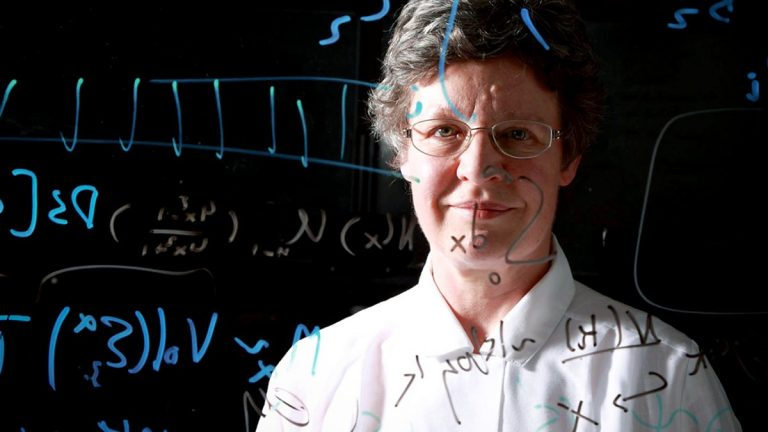
Jocelyn Bell Burnell is a famous female astrophysicist and the most famous astrophysicist in the UK. The Royal Society of London website calls her one of the most influential scientists in Great Britain. And she rightfully deserves this title as the discoverer of pulsars.
As a graduate student at the University of Cambridge, Burnell helped build a large radio telescope and, in 1967, discovered a series of extremely regular radio pulses that were later identified as coming from rapidly spinning neutron stars called pulsars.
Unfortunately, in 1974, the Nobel Prize in Physics for the discovery of pulsars was awarded to her thesis director, Antony Hewish, and to the British radio astronomer Martin Ryle, and Burnell’s name, despite her key role in the research, was omitted.
Soviet astronomer Iosiph Shklovsky was one of the few who publicly recognised Burnell’s contribution to the development of international astronomy: at the general assembly of the International Astronomical Union in 1970, he told her that she had made the greatest astronomical discovery of the 20th century.
After her discovery, Burnell continued teaching and education. Today, she is the recipient of over 15 awards and honorary degrees from 36 universities, including Harvard and Aberdeen.
Who Is the Most Famous Astrophysicist Alive Today?
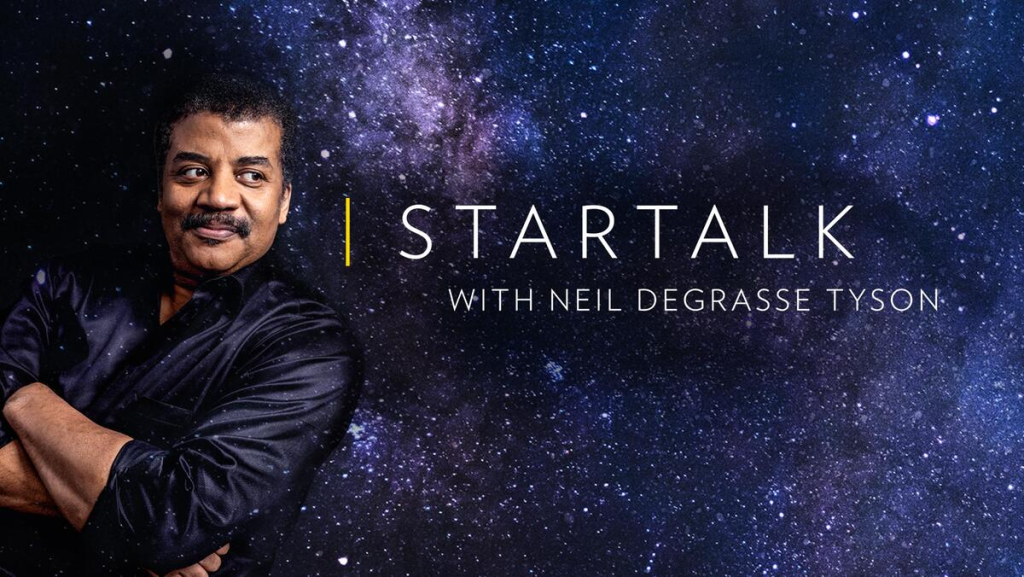
Despite an impressive list of outstanding minds, Neil deGrasse Tyson is often called the most popular astrophysicist in the world today. He is not only one of the famous African American astrophysicists but also a writer, author of 15 popular books on astronomy, Ph.D., science communicator, speaker, TV presenter, and science populariser.
Is Neil deGrasse Tyson a Real Astrophysicist?
There is no doubt that Neil deGrasse Tyson is a true astrophysicist. He received a bachelor’s degree in physics from Harvard University and a doctorate in astrophysics from Columbia University, where he conducted research on the structure and evolution of galaxies. In addition, in 1996, at the age of 38, Tyson became director of the Hayden Planetarium at the American Museum of Natural History in Manhattan, which he still heads.
In 2001, President George W. Bush appointed Tyson to the Commission on the Future of the US Aerospace Industry, and in 2004 to the President’s Commission on Implementation of US Space Exploration Policy, better known as the Moon, Mars and Beyond Commission. This work resulted in the NASA Distinguished Public Service Medal, NASA’s highest civilian award.
Tyson is one of the most vocal critics of string theory, basing his opposition on the string theory’s overreliance on mathematical predictions at the expense of testable quantities.
The scientist is also a researcher in the astrophysics department of the American Museum of Natural History and a member of the NASA Knowledge Exchange Academy.
Why Is Neil deGrasse Tyson So Famous?
Neil deGrasse Tyson’s enduring popularity is explained by his amazing ability to attract audiences to the wonders of science. His charismatic personality and clear explanations of complex topics have made him a popular host and guest on television shows such as the History Channel’s Universe, Symphony of Science, NOVA ScienceNow, and Cosmos: A Spacetime Odyssey. Also, Tyson frequently appears in movies as a cameo of himself. He can be seen in the films Stargate: Atlantis, The Big Bang Theory, Europa Report and Batman v Superman: Dawn of Justice.
Has an Astrophysicist Ever Won a Nobel Prize?
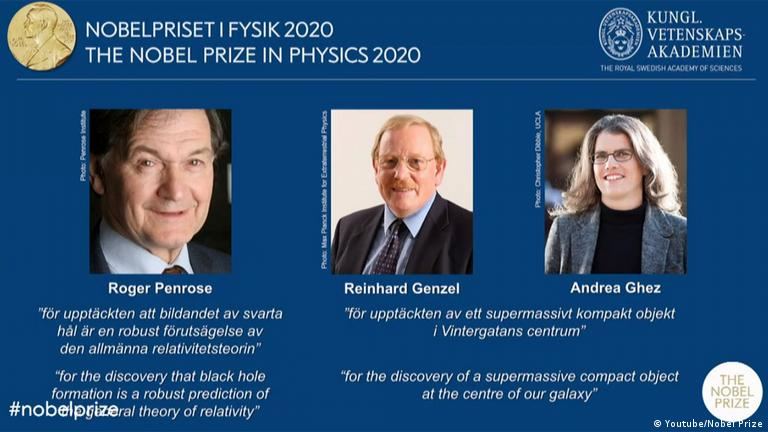
There is no separate Nobel Prize for astrophysics. But this does not mean that these outstanding scientists are deprived. Astrophysicists may be awarded the Nobel Prize in Physics for their contributions to the understanding of physical processes in the Universe, and have already received many awards. Here are some of the most famous laureates:
- Subrahmanyan Chandrasekhar (1983) — for theoretical studies of the physical processes of importance to the structure and evolution of the stars.
- William Fowler (1983) — for theoretical and experimental studies of the nuclear reactions of importance in the formation of the chemical elements in the universe.
- Riccardo Giacconi (2002) — for pioneering contributions to astrophysics, which have led to the discovery of cosmic X-ray sources.
- George Fitzgerald Smoot III (2006) – for the discovery of the blackbody form and anisotropy of the cosmic microwave background radiation.
- Adam Riess, Saul Perlmutter, Brian P. Schmidt (2011) — for the discovery of the accelerating expansion of the Universe through observations of distant supernovae.
- Rainer Weiss, Barry Clark Barish, Kip Stephen Thorne (2017) — for decisive contributions to the LIGO detector and the observation of gravitational waves
- Michel Mayor (2019) — for the discovery of an exoplanet orbiting a solar-type star
- Roger Penrose (2020) — for the discovery that black hole formation is a robust prediction of the general theory of relativity
- Reinhard Genzel, and Andrea Ghez (2020) — for the discovery of a supermassive compact object at the centre of our galaxy.
These awards highlight the importance of astrophysical research and its contribution to general physics.
What Are the Famous Quotes from Astrophysicists?
In conclusion, there are a few quotes from famous astrophysicists that they gave us along with their scientific legacy. Their words are as invaluable as their discoveries.
- Carl Sagan: “Somewhere, something incredible is waiting to be known.”
- Stephen Hawking: “To confine our attention to terrestrial matters would be to limit the human spirit.”
- Neil deGrasse Tyson:
- “We are all connected; To each other, biologically. To the earth, chemically. To the rest of the universe atomically.”
- “The remarkable feature of physical laws is that they apply everywhere, whether or not you choose to believe in them. After the laws of physics, everything else is opinion.”
- “I love the smell of the universe in the morning.”
- Albert Einstein:
- “Reality is merely an illusion, albeit a very persistent one.”
- “Black holes are where God divided by zero.”
- “Everybody is a genius. But if you judge a fish by its ability to climb a tree, it will live its whole life believing that it is stupid.”
These quotes prove to us that the world of astrophysics is endlessly rich in passionaries whose passion for space investigation drives them to explore the unknown. Their discoveries have not only expanded our scientific knowledge, but have inspired countless people to gaze at the night sky with wonder and curiosity. As we continue to explore the depths of space, the legacy of every famous astrophysicist will undoubtedly light the way for future generations.
Stay tuned for more cosmic discoveries with Orbital Today!
References and Additional Information:
- Encyclopedia Britannica https://www.britannica.com/
- Carl Sagan: Cosmos, Pale Blue Dot & famous quotes
https://www.space.com/15994-carl-sagan.html - German astrophysicist shares Nobel Prize in physics – DW – 10/06/2020 https://www.dw.com/en/german-astrophysicist-shares-nobel-prize-in-physics/a-55170423
- Professor Stephen Hawking: Black Holes, Relativity, and Cravats – Cravat Club
https://www.cravat-club.com/blogs/news/professor-stephen-hawking-from-black-holes-to-cravats - Subrahmanyan Chandrasekhar https://starchild.gsfc.nasa.gov/docs/StarChild/whos_who_level2/chandra.html
- Neil deGrasse Tyson
https://neildegrassetyson.com/ - Jocelyn Bell Burnell
https://starchild.gsfc.nasa.gov/docs/StarChild/whos_who_level2/bell.html - Astrophysics Quotes – Famous Space Quotes on Sea and Sky
http://www.seasky.org/quotes/space-quotes-astrophysics.html
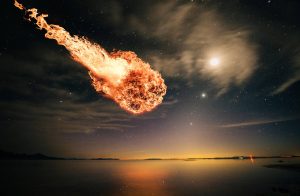





Thank you for your comment! It will be visible on the site after moderation.